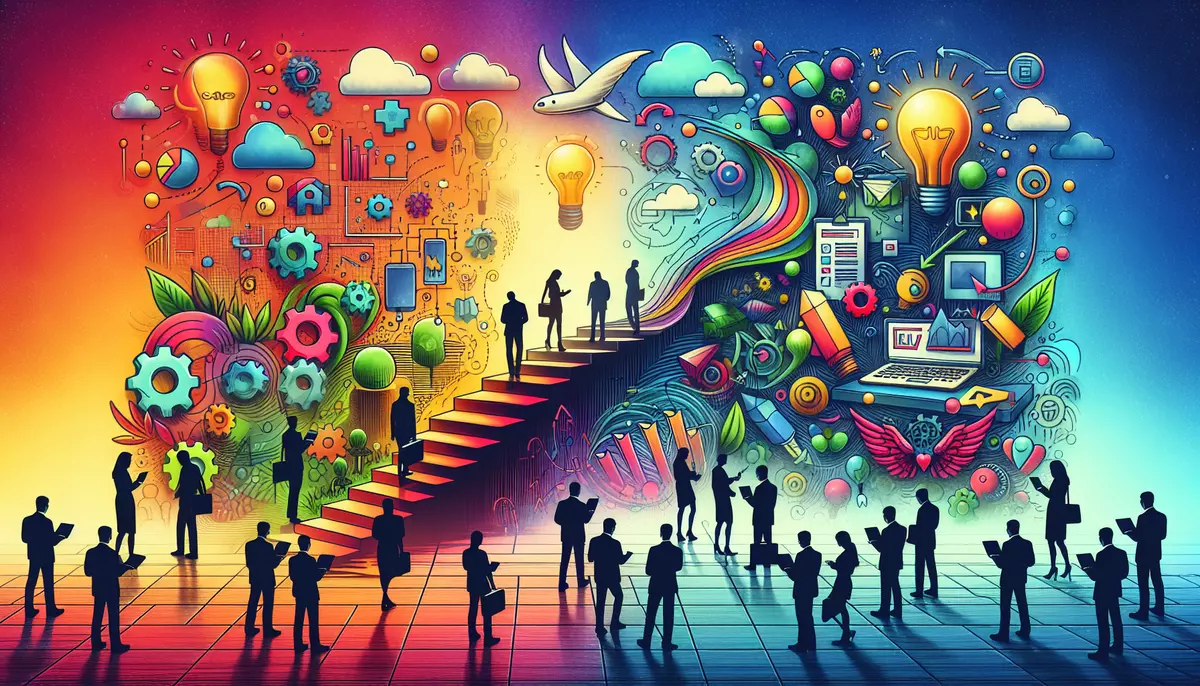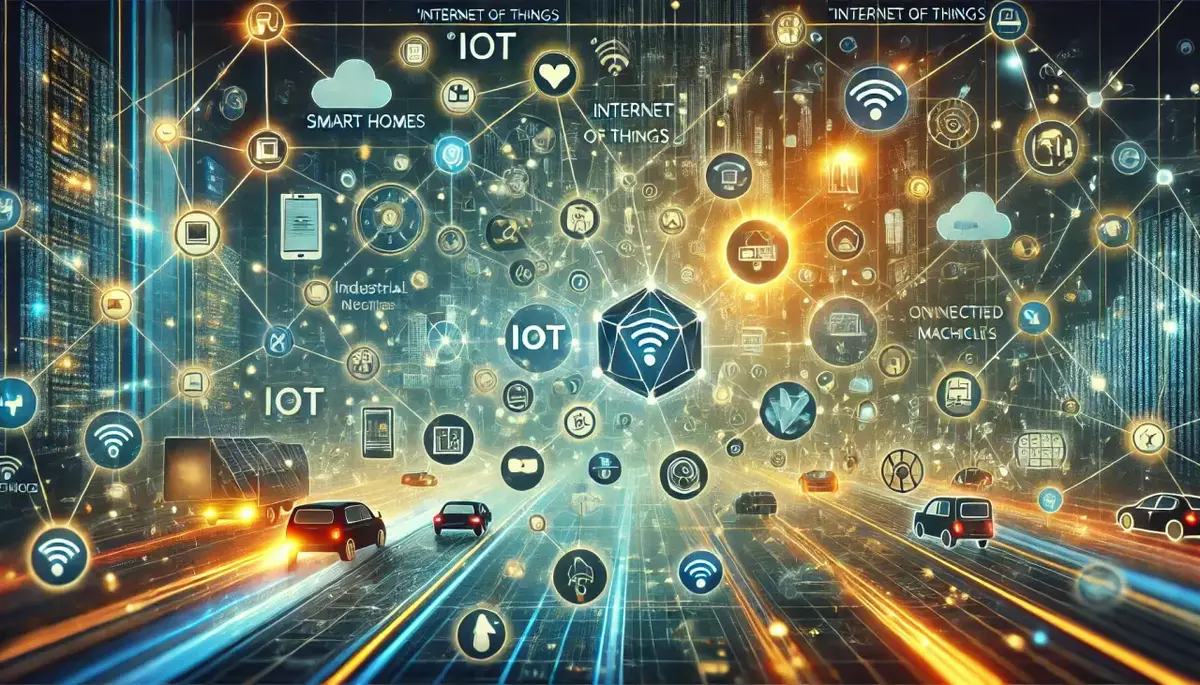FBSAdmin. (2024). The Business Model Canvas – A Guide. Fabled Sky Research. Retrieved from https://fabledsky.com/knowledge-base/business-model-canvas-guide/
Introduction
The Business Model Canvas is a powerful tool that helps you map out your business model on a single page. It provides a structured way to think about the different parts of your business, including your value proposition, customers, revenue streams, and more. This template will help you understand your business from a high level and identify key areas that need attention or improvement.
This guide explains each section of the Business Model Canvas and offers tips on what to include. Take your time filling out each part to get a clear and concise overview of your business strategy.
Customer Segments
Customer Segments define the different groups of people or organizations your business aims to serve. These groups are the key focus of your business, and it’s important to clearly understand who they are.
What to Include
- Identify and list your most important customers. Who are they? Are they individuals, businesses, or both?
- Group customers based on characteristics like demographics, behaviors, or needs.
- Prioritize segments based on their importance to your business. Who is your primary target audience, and who are secondary markets?
- Consider distinct segments if you serve multiple groups with different needs, such as small businesses and large enterprises.
Example
- Young professionals seeking affordable home automation solutions.
- Small businesses looking for cost-effective accounting software.
2. Value Propositions
The Value Proposition section defines the products and services you offer that solve a specific problem or fulfill a need for your customer segments. This is what makes your business unique and valuable to your customers.
What to Include
- Describe how your product or service solves a problem or addresses a need for your customers.
- Highlight unique features, such as speed, quality, price, or innovation.
- Consider the emotional and functional benefits your solution provides.
- Differentiate your offering from competitors—what makes you stand out?
Example
- A cloud-based project management tool that saves time by automating task assignments and progress tracking.
3. Channels
Channels describe how you will deliver your value proposition to your customer segments. These can be both communication and distribution channels that help you reach your customers and deliver your product or service.
What to Include
- Identify the channels you will use to reach your customers. Are they digital (e.g., social media, website) or physical (e.g., retail stores)?
- Explain how you will communicate with customers (e.g., email, ads, phone calls).
- Describe how you will distribute your product or service. Will it be through direct sales, online platforms, or third-party distributors?
Example
- E-commerce website and mobile app for purchasing products.
- Partnerships with local retailers for in-store sales.
4. Customer Relationships
This section defines the types of relationships you will establish with your customer segments. These relationships can range from automated to personal and can greatly impact customer loyalty and retention.
What to Include
- Describe how you will interact with customers—will it be self-service, automated, or personal?
- Define the level of support you will provide. Will there be dedicated account managers, online tutorials, or community forums?
- Explain how you will build and maintain long-term customer loyalty.
Example
- A subscription-based model with personalized customer service via email and chat support.
- A loyalty rewards program to encourage repeat purchases.
5. Revenue Streams
Revenue Streams describe how your business will make money. It’s important to clearly define how each customer segment contributes to your revenue and what pricing models you will use.
What to Include
- List the different ways your business will generate revenue (e.g., product sales, subscription fees, advertising, licensing).
- Define pricing strategies: will you use a one-time fee, recurring subscription, or pay-per-use?
- Consider what customers are willing to pay and how they prefer to pay (e.g., monthly, annually, or on-demand).
Example
- Recurring subscription fees for premium features.
- One-time payment for enterprise software licensing.
6. Key Resources
Key Resources are the most important assets needed to make your business model work. These can be physical, intellectual, human, or financial resources that enable you to deliver your value proposition.
What to Include
- List the key resources your business requires to operate. These could be tangible (e.g., manufacturing equipment) or intangible (e.g., patents, brand reputation).
- Include any critical human resources, such as skilled employees or specific expertise.
Example
- A team of experienced software developers and access to cloud hosting services.
- Patents for unique product features and intellectual property.
7. Key Activities
Key Activities are the most important actions your company must take to deliver its value proposition, reach customers, and sustain its operations. These activities are crucial to the success of your business.
What to Include
- Identify the core activities your business performs (e.g., product development, marketing, sales).
- Include any essential operations needed to maintain customer relationships or optimize distribution.
Example
- Continuous product updates and improvements to stay ahead of competitors.
- Marketing campaigns to attract new customers and increase brand awareness.
8. Key Partnerships
Key Partnerships describe the network of suppliers, distributors, and partners that help your business operate. These partnerships allow your company to focus on its core activities while leveraging external resources.
What to Include
- List your key partners (e.g., suppliers, manufacturers, technology providers) that help you deliver your product or service.
- Include any strategic alliances or collaborations with other businesses that are critical to your success.
Example
- Partnerships with logistics companies to ensure timely delivery.
- Strategic alliances with technology providers for product integration.
9. Cost Structure
The Cost Structure defines the major costs your business will incur while operating. Understanding your cost structure helps ensure your business is financially sustainable.
What to Include
- List your fixed costs (e.g., salaries, rent) and variable costs (e.g., production costs, marketing).
- Identify the most significant expenses in your business model, such as key resources, activities, or partnerships that drive costs.
Example
- Manufacturing costs for physical products.
- Marketing expenses for customer acquisition and retention campaigns.
Where to Get the Business Model Canvas
If you’d like to download the official Business Model Canvas template, you can get it directly from Strategyzer. They offer various resources to help you understand and use the Business Model Canvas effectively.
- Download the Business Model Canvas template here: Strategyzer – Business Model Canvas

This template can be customized to fit your business, and the accompanying resources will guide you through the process of building and refining your business model.
By filling out the Business Model Canvas, you will have a clear and structured overview of your startup’s business model. This exercise will help you identify areas for improvement, validate assumptions, and refine your business strategy. Use this canvas as a dynamic tool that evolves as your business grows, and revisit it regularly to ensure your business model stays relevant and competitive.

























